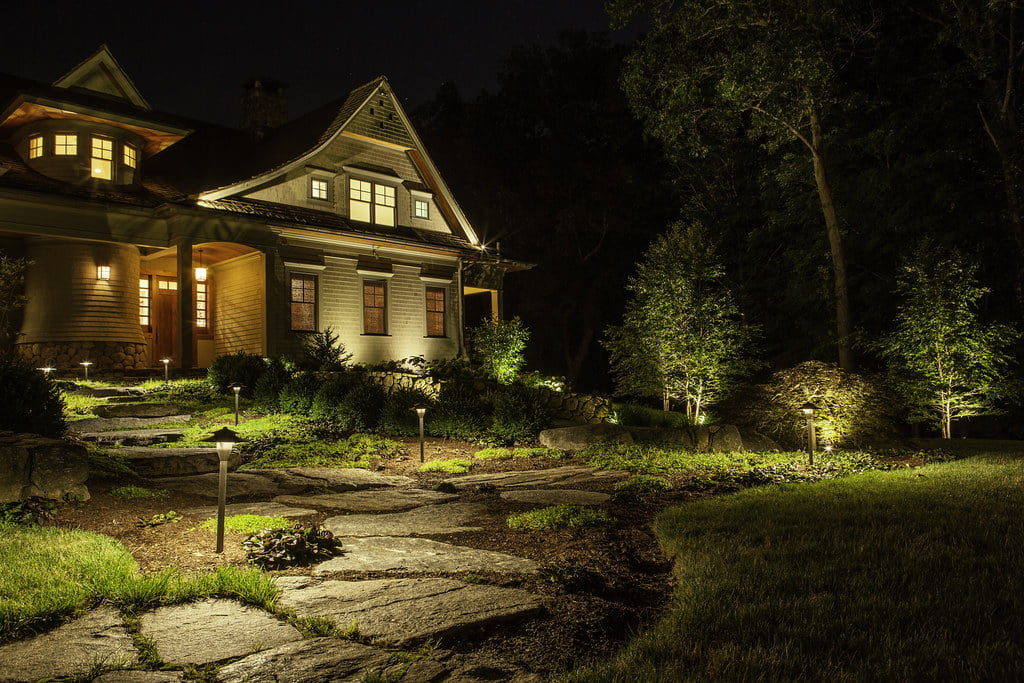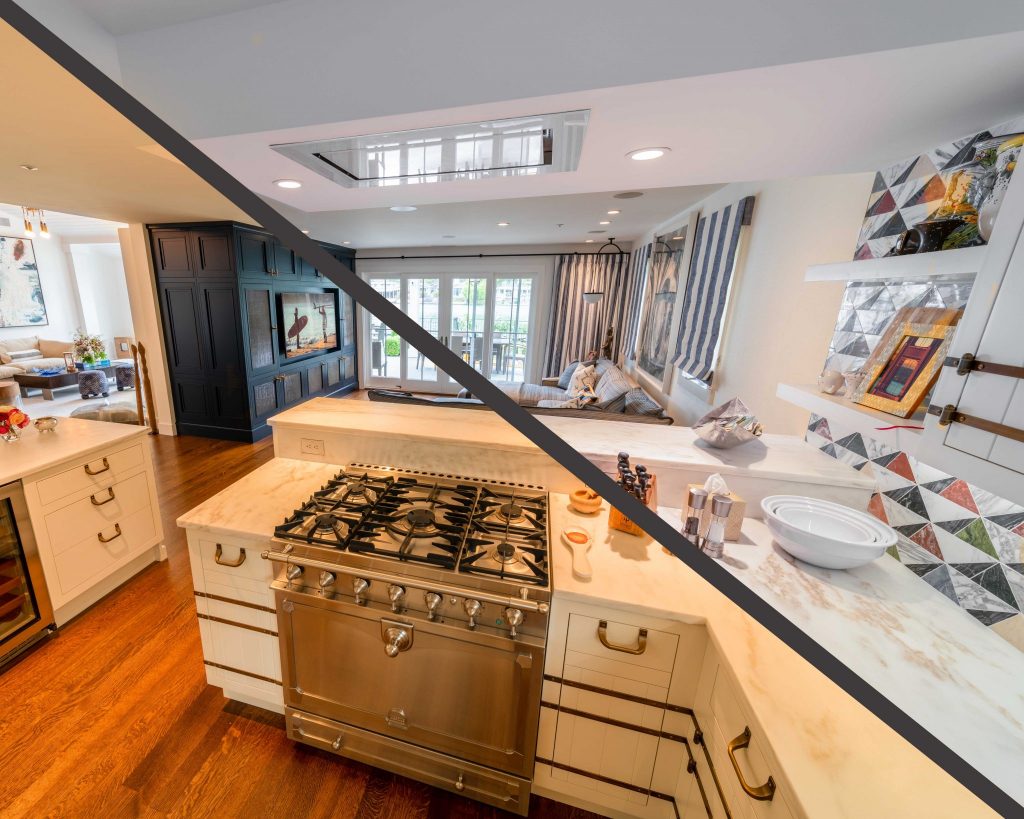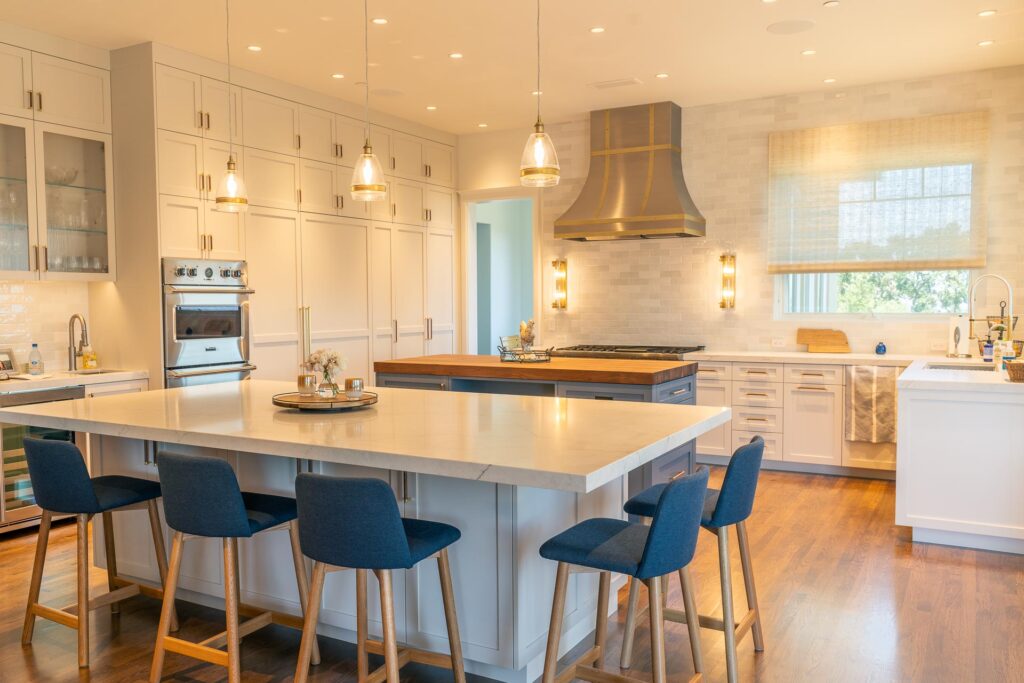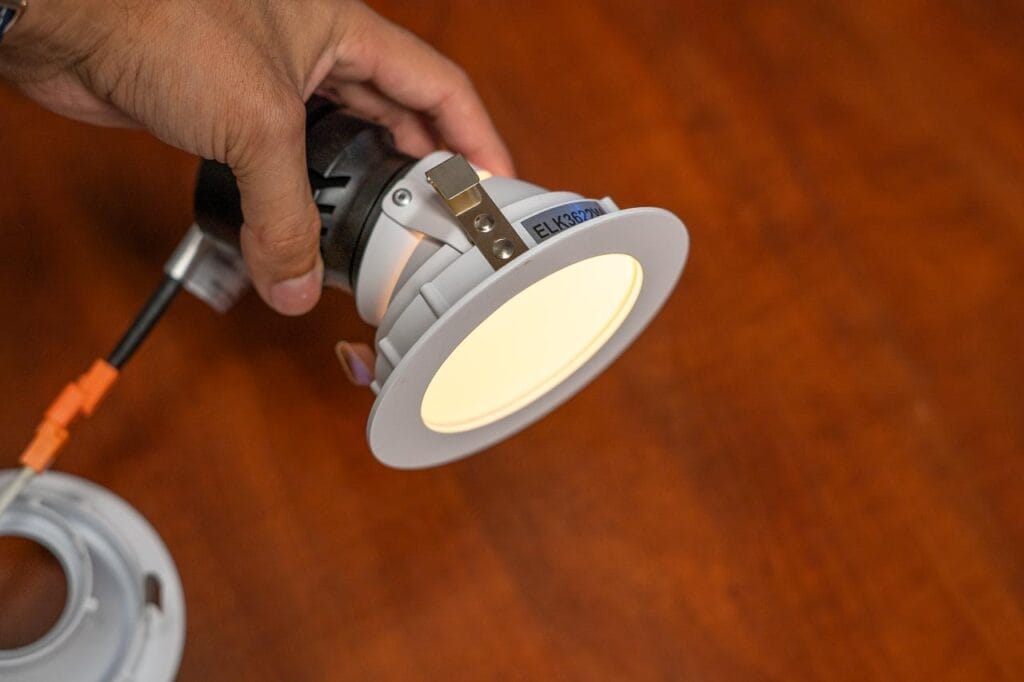Remember the early days of LED home lighting? They had persistent blueish hues, caused eye strain, and had poor dimming capabilities, leaving us wishing for more! While some reverted back to traditional lighting, many moved to performance lighting to escape these drawbacks. It raises the question: In 2024, how premium of an LED light fixture do you need?
Navigating a lighting design budget is a delicate dance between getting the best for your home and staying under budget. Lighting By Design adopts a ‘good, better, best’ approach to make this task easier, presenting three fixtures of varying performance and price. We let you decide which fixture is best for your needs and budget. When we evaluate lighting fixtures, we consider a ton of qualities including aesthetics, overall lighting quality and their features. But what really sets apart the budget options from the traditional performance fixtures?
Together, we’ll blindly evaluate five lighting fixtures that range from as little as $25 to over $250 each. Until the end, we will refer to these light fixtures as A, B, C, D and E. By the end, you’ll gain insight into the true value each fixture brings to your space.
Aesthetics
Check out these simulated examples of some angled light fixtures in the ceiling. There are a few aesthetic things we look for in a fixture.
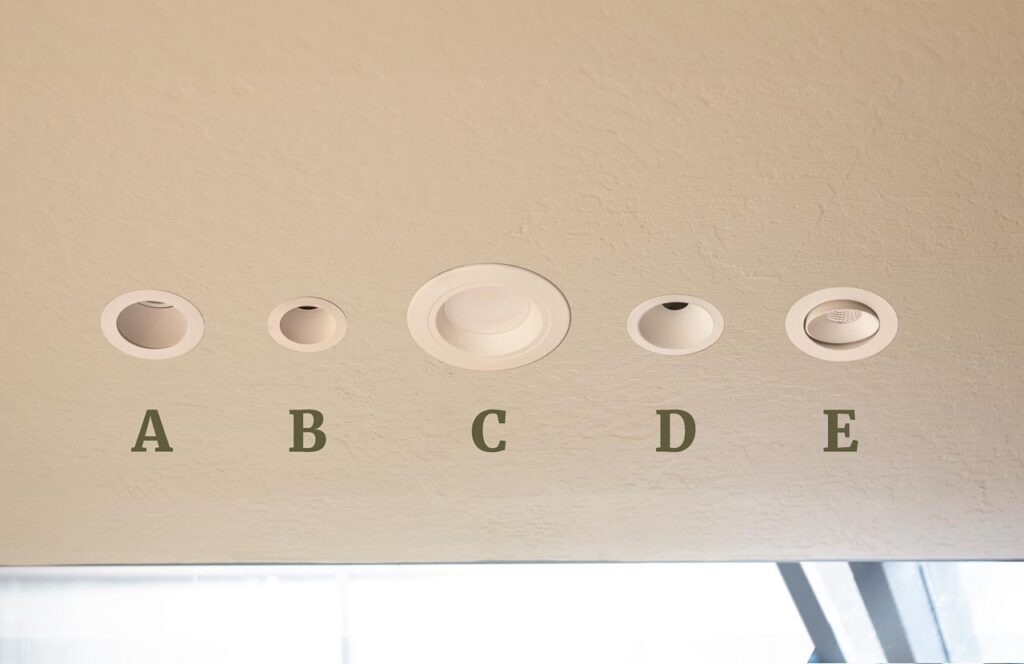
The most crucial aesthetic evaluation is the visual impact of the fixture. Recessed lighting fixtures are a necessity in a home, not an attraction. Their appearance should be as minimal as possible.
Unfortunately, Fixture E is the worst offender in this regard. Instead of a low profile light, fixture E would leave your ceiling with a bunch of unsightly bumps! The negative qualities are compounded when the light turns on. When the light is on, the protruding element will create a small bright point in your ceiling, increasing the likelihood of glare.
The next offender is fixture C. The size of the lighting element is massive. In fact, the area of this light is over two times greater than the next largest fixture! Additionally, the light isn’t truly “recessed” like fixtures A, B, and D. Notice how you can’t see the lighting element on fixtures A,B and D? That’s because their lighting elements are recessed deep into their cones. This allows them to illuminate your home with minimal glare. Fixtures C and E will create a ton of “bright spots” on your ceiling that will be distracting and cause unsightly glare.
Bezel and Trim
Another thing we look at is the bezel and baffle trim. How thick is the ceiling bezel? However, it is worth noting that some of these fixtures have interchangeable trims. Excluding fixture C, all fixtures can be mudded-in to become flush with your ceiling. However, for this test, we are only focusing on the aesthetics of these exact configurations. Additionally, a non-mud-in installation is not only cheaper to purchase but also simpler to install.
Ability to Disappear
The final thing we check for is how the fixture looks when turned off. Recessed lighting fixtures should disappear in your ceiling. They only exist to bring ambient lighting to your space. In a perfect world, these fixtures would have zero appearance in your ceiling and provide light to your home. So how close do these fixtures get?
Fixtures A, B and D have minimal visual impacts on your ceiling. The size of the fixture and the minimal bezel make these fixtures a great choice. Additionally, the deep recess of the lighting element makes it difficult to spot and minimizes ceiling distractions.
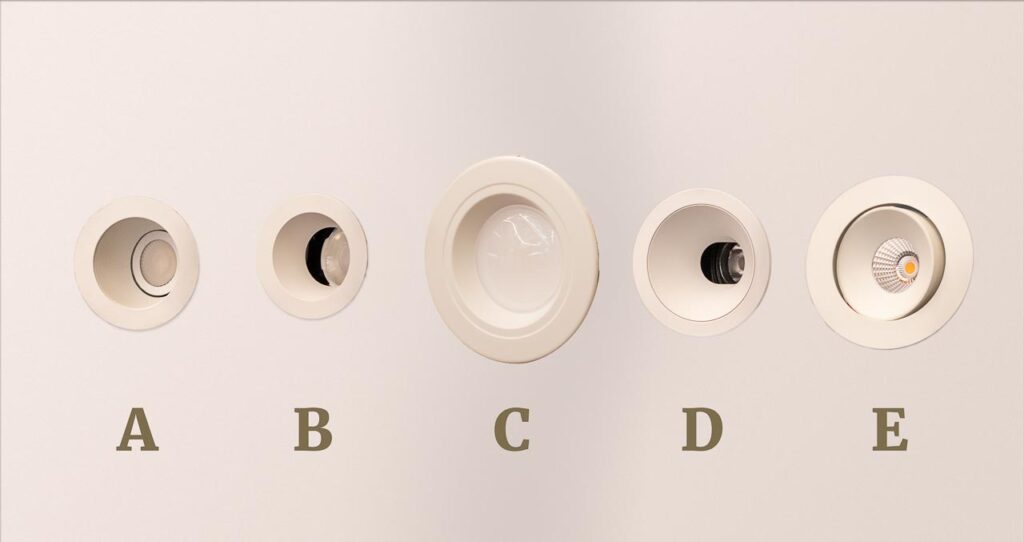
Fixture D is notably the smallest of all the fixtures. Not only does it have the smallest footprint, but it also is the only fixture where the ceiling trim is a single piece with the cone trim. This is an excellent feature for those who are aesthetically sensitive to trim gaps.
Minimum Dimming
The minimum dimmable brightness is an important quality in a light, especially at night. We perceive light logarithmically (nonlinearly). That means a light at 5% brightness feels twice as bright as 1%. If you’re getting out of bed in the middle of the night, twice as bright can be a big deal! 5% can be blinding and 1% could be just right. Most lights will dim to 5% brightness.
Everything lower than 5% is increasingly more difficult to reliably make. Thankfully, fixture D can dim to 1% while fixture B can even dim to 0.1% for maximum versatility. Unfortunately, fixture E doesn’t have documentation specifying its minimum dim. Nonetheless, we found fixture E’s diming to have the lowest luminance average of all our fixtures.
Aiming Consistency
It’s common to have a number of lighting fixtures that you’d like aimed at the same angle. However, how easy is it to match the aim of all your fixtures? It would look awful to have all your aimed lights in a row land on your wall slightly differently! Fixture A has two riveted joints with minimal friction. While that makes the fixture easy to aim even post-installation, it feels like the minimum friction required to hold the fixture in place. That leaves us concerned if the fixture will stay in place over time with vibrations or normal home activity.
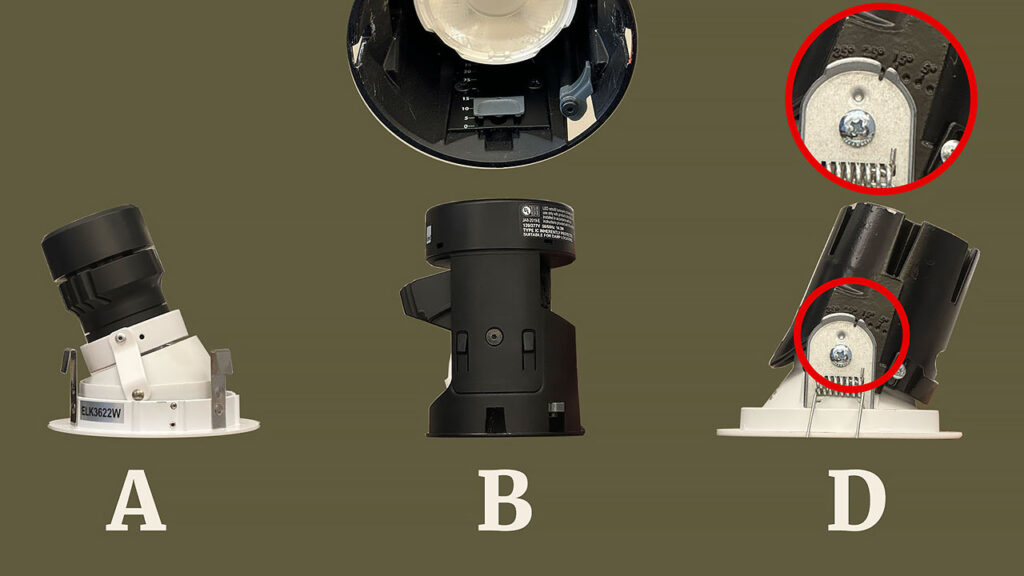
Fixture B is special. The inner trim can be easily removed and reveal a slider. From here, fixture B can be easily adjusted to these clearly marked indicators, making aiming as easy as it is accurate.
While fixture C doesn’t adjust, fixture D also has adjustable markers on the side of the fixture. While this has to be set before installing the fixture, it does make consistent aiming painless. Meanwhile, fixture E is easily adjustable because you can push on the protrusion to change the angle.
Rate of Warm Dim
While all these lights have warm dim, the rate at which they change in warmth are all different. We don’t feel there is a right or wrong way for a light to warm. It is entirely up to your personal preference. We included photos of all these fixtures at multiple brightnesses so you can compare them. We locked the camera exposure and white balance among all our photos so that they can be directly compared.
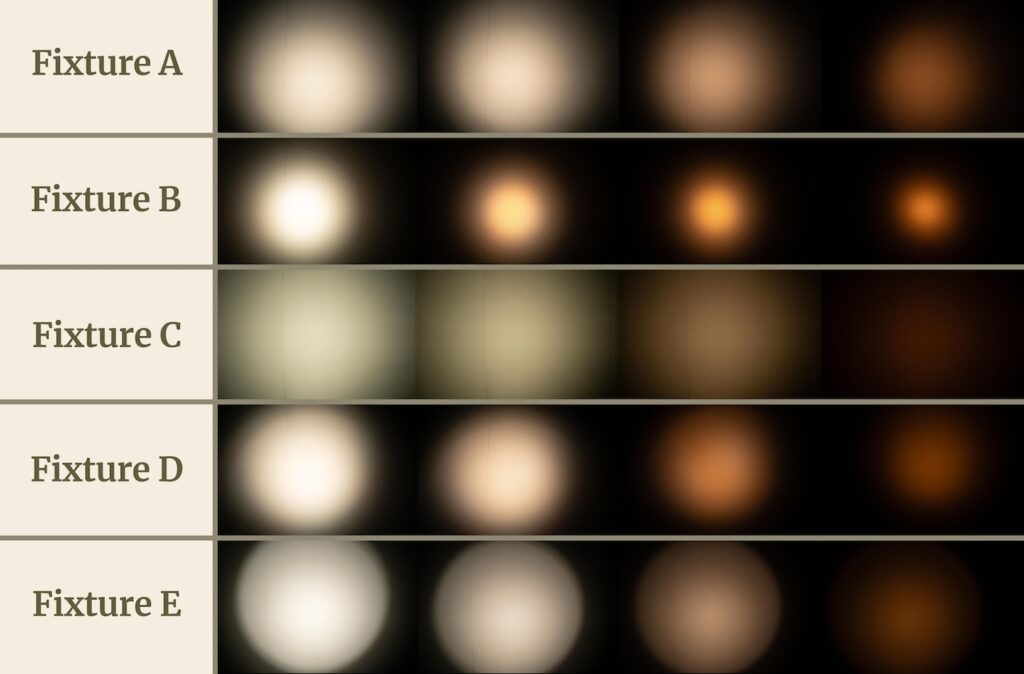
The most apparent thing we noticed was that fixture C has a green hue compared to the rest of our fixtures at full brightness. Fixtures B and D have a similar warming rate, with fixture B appearing to be a little more linear. Fixture A also has a relaxing warm dim rate, but lacks the vividness and richness of Fixture B and D. Lastly, fixture E seems to not warm very much in the initial dim, but seems to have the lowest dim.
Light Dispersion
While fixture B is meant for accent lighting, the rest of these lights are meant for ambient lighting. Ambient lighting is used for overall room illumination. Fixtures A and D offer a smooth lighting runoff, which means the edges of the lighting are soft. This means that when you have a cluster of them in your ceiling to create ambient lighting, they’ll create a uniform blanket of lighting on your home or your walls. Fixture C also has a smooth runoff, but the lighting is unignorably green in tint and will mess up the perceived colors of your space.
Finally, fixture E has a terrible light dispersion pattern. The light’s edge is harsh and unlikely to blend nicely with neighboring lights. If you have four fixture E’s illuminating a room, they’ll likely make a ven-diagram style pattern over your room.
How Much Is Each Light?
If you’re ready to learn how much each light fixture costs, expand the section below!
Click or Tap to Expand
Fixture A is made by Elco. The trim and light cost about $75.
Fixture B is made by DMF. The trim and light cost about $280.
Fixture C is made by Cooper Lighting. For the trim and light (one piece), this light cost us about $26.
Fixture D is made by Element Lighting. The trim and light cost about $170.
Fixture E is made by Nora Lighting. The trim and light was about $100.


Closing Thoughts
Although fixture C had the lowest entry price, it suffered greatly in color accuracy at full brightness and was the most likely to cause glare.
Unfortunately, fixture E didn’t offer too many benefits over fixture C. Its protruding design still makes it prone to glare. While it offers way better color accuracy, the harsh lighting cutoff makes it likely to cause a “van-diagram” look over your home instead of a smooth blanket of light. It is worth noting that Fixture E also had the option for a recessed trim.
Meanwhile, fixture A seems like a good choice for $100. The lighting falloff is smooth, the warm dim looks linear and the lighting quality is good. The exterior trim is low profile and the lighting element is well hidden to minimize glare. The only true compromises with this light fixture is the richness of the warm dim, the friction aiming which can potentially cause drift and the minimum dim only goes down to 5%.
However, fixtures B and D offer the lowest dimming, easiest consistent angling, and the richest warm dim. Fixture B has the most minimalist appearance in your ceiling and offers the lowest dimming of 0.1%.
Of course, there’s so much more to lighting than the aesthetics and warm dim. There’s the beam angle, beam spread, lenses, target brightness and so much more. If you want help picking the best recessed lighting fixture for your home build or remodel, call us here at Lighting by Design at 415-883-7700.

